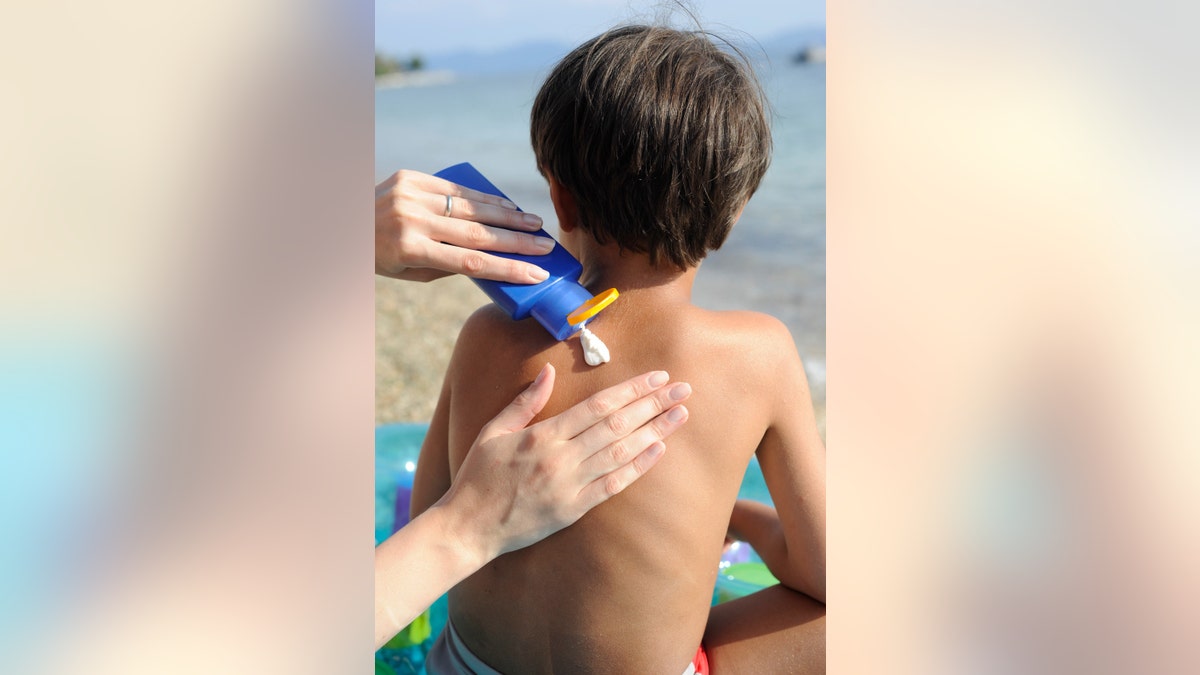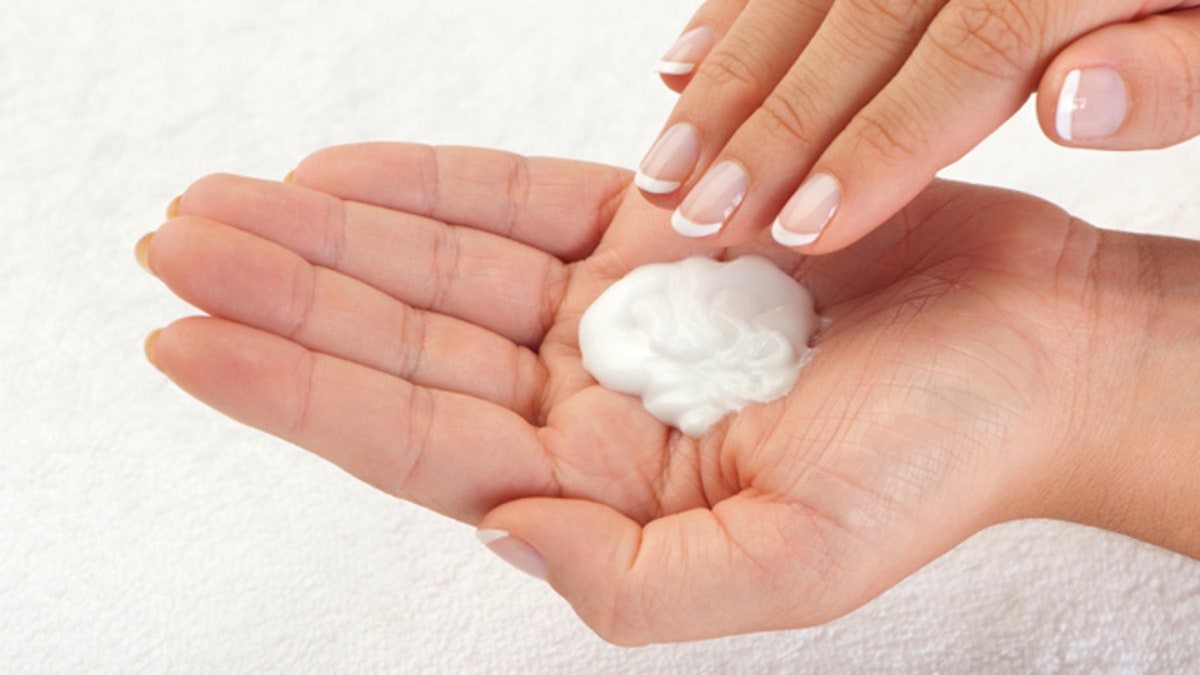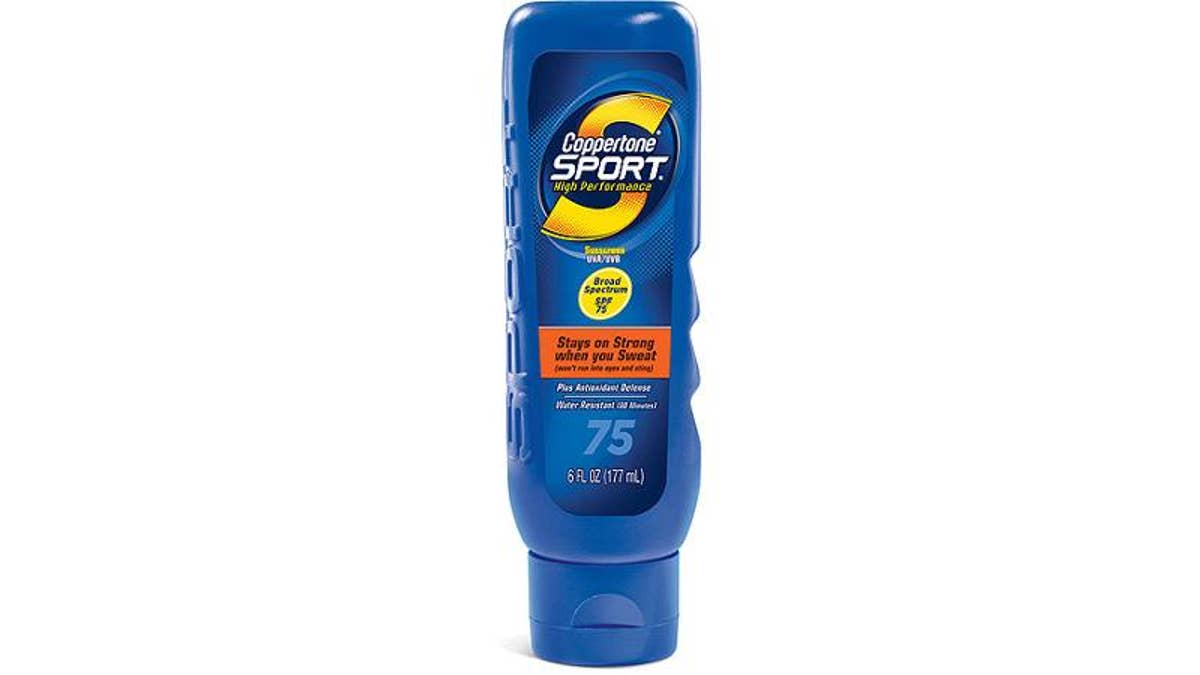If you’re like the majority of Americans, you probably don’t use sunscreen. Or at least, you don’t use it regularly.
According to recent research conducted by the Centers for Disease Control and Prevention, only 14.3 percent of men and 29.9 percent of women said they “regularly” use sunscreen on their face and other exposed skin.
Yet the sun can damage your skin in so many ways and some of the associated health risks, like melanoma, can even be life-threatening, which means it’s time to start getting serious about taking the right precautions for proper protection.
Yes, spending time outside is actually associated with a handful of incredible health benefits, but it also increases your risk for health issues related to sun-damaged skin.
So, before you head out to play, make sure you know how to protect your skin properly by following these important skincare tips and guidelines.
1. You need more than just sunscreen.

(iStock)
It almost sounds crazy, but according to the EWG you shouldn’t rely on sunscreen as your first source of protection from the sun. In fact, the organization said that after clothing, shade and planning to spend time outside while the sun is low in the sky (like in the early morning or late afternoon), sunscreen should be your last resort when it comes to protection. “Sunscreen can’t block every single type of light ray emitted by the sun,” Bailey said. “Even zinc oxide lets the very end of the UV-A1 rays through. It’s why you need to wear a full brimmed hat and sun protective clothing when possible for the best protection.” You should aslo make an effort to protect your eyes (which are also susceptible to UV ray damage) by wearing sunglasses whenever possible.
Check out more summer skincare tips.
More from The Active Times
2. Even water-resistant sunscreen needs to be reapplied often.

(iStock)
There’s no such thing was “waterproof” or “sweatproof” sunscreen. In fact, the FDA banned manufactures from using either term on labels back in 2011. Instead, you’ll find water-resistant sunscreens, but even these will fade from your skin after an extended period of time spent in the water or sweating.
To keep you skin protected, you should reapply every 40 to 80 minutes, depending on what’s noted on the product’s label.
3. You need sunscreen even if it’s not sunny outside.

(iStock)
The sun’s powerful UV rays can penetrate through clouds, so just because you can’t feel or see the sun doesn’t mean you’re not at risk. Bailey noted that too many people commonly believe their skin is safe on a cloudy day and she suggests using sunscreen protection every day, no matter what time of day and even if you plan on being in the shade.
4. You need at least one ounce to adequately cover your whole body.

Beautiful female hand applying moisturiser close up (iStock)
Bailey also emphasized the importance of using adequate amounts of sunscreen for each application. The American Academy of Dermatology suggests that adults use at least one ounce (or enough to fill a shot glass) and points out that it should be applied 15 minutes before exposure to all uncovered skin including your ears, neck, lips, hands, scalp, the tops of your feet and your legs. Most sunscreens come in bottles that hold about three to six ounces. That equals out to about three to six applications, so if one bottle lasts you any longer than that, you’re likely not using enough.
5. Don’t trust products that promise an SPF above 50.

(Walmart.com)
According to the EWG, SPF (sun protection factor) tops out at 50, so anything labeled above that is only creating a false sense of protection. In fact, in their 2015 report they called the term “outdated” because it only refers to protection against UVB rays, or the kinds that burn the skin. “It has little to do with a product’s ability to protect skin from UVA rays, which penetrate deep into the body, accelerate skin aging, may suppress the immune system and may cause skin cancer,” the organization noted. Bailey said that an SPF 30 sunscreen will protect against 97 percent of UVB rays. “After that the percent of UVB rays blocked doesn’t go up very much as the SPF numbers go up,” she explained. “If you follow the recommended one ounce of sunscreen application for the average sized adult body surface in a swim suit, then at SPF 30 you are equally protected by either product.”
Instead of going for a higher SPF, check to make sure that your sunscreen is labeled “broad spectrum,” which means it can protect against both UVB and UVA rays.
Check out more important summer skincare tips.
More from The Active Times
Ways to Beat the Heat this Summer
The Best Sunscreens for Athletes and Outdoor Adventurers
11 Health Benefits of Sunshine
